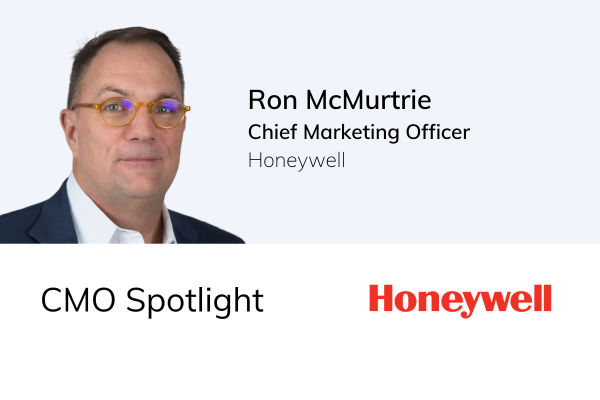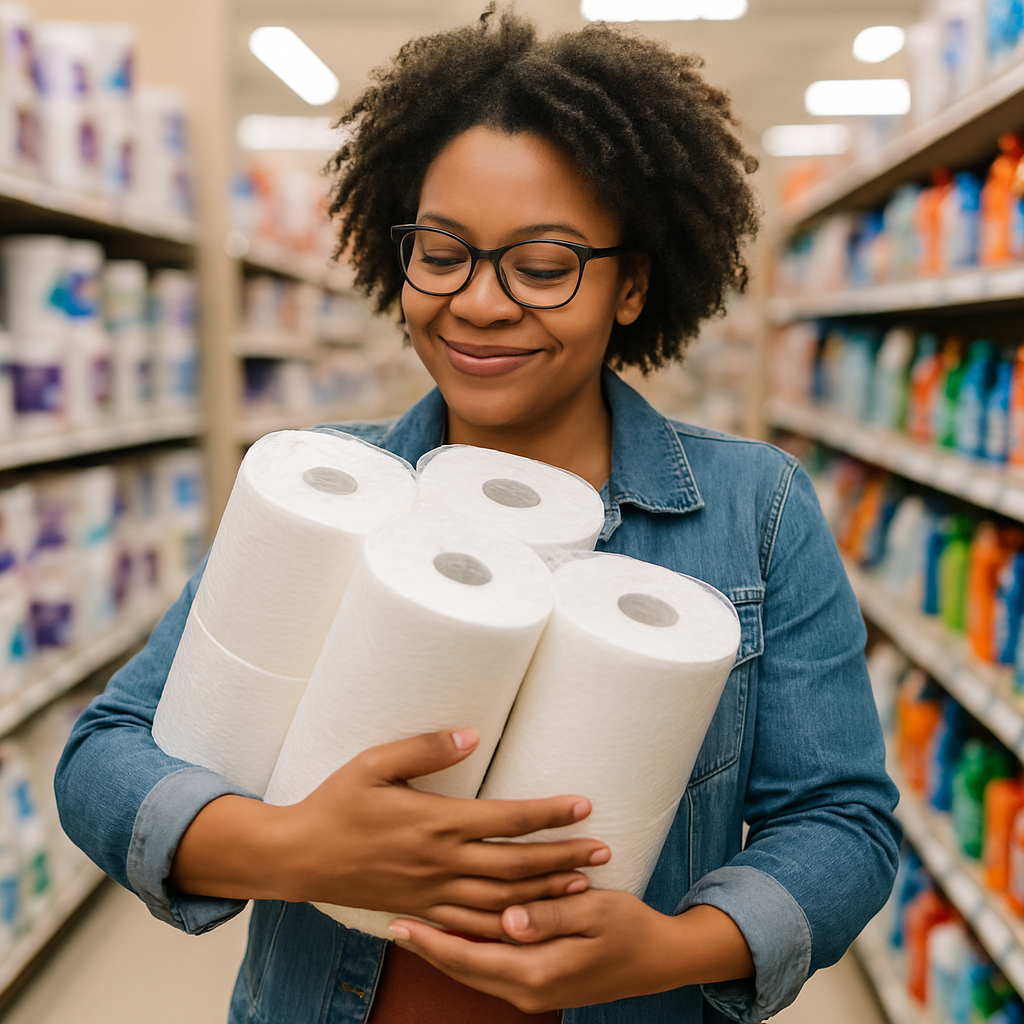Harness the Hype: Wicked Melted Audiences With Marketing Magic
When Wicked debuted in theaters in 2024, it didn’t just break records—it created a cultural moment (some would say it defied expectations). With a jaw-dropping $164 million opening weekend surpassing other notable Broadway film adaptations like Les Miserable and Mean Girls, the beloved story featuring some of the world’s biggest stars was immediately a box office triumph and a marketing masterpiece. Behind its success was a multifaceted strategy picking out the perfect partnerships that not only thrilled fans of the original, but also reached entirely new audiences of all ages and preferences (even the musical haters).
The Magic Behind Wicked’s Marketing Success
1. The Internet is Your Stage
In 2024, memes aren’t just jokes—they’re cultural currency. Wicked’s marketing team embraced this reality - the good and the bad - allowing fans to generate their own content while cleverly playing along with viral moments. While some conversations circulating user generated content led to sensitive conversations, and some influencer campaigns like a private premiere just for the Kardashian family and the cast led to controversy, the most recent content highlights emotional responses after watching the movie, the choreography, and “holding space” for the powerful songs.
This self-aware approach helped Wicked capture the attention of younger generations like Gen Z, a demographic that values humor and authenticity. For marketers, this is a reminder: when your audience starts talking about you, don’t try to control the narrative—join the conversation. Sure, not everyone loves the Kardashians…but they do have a big following, and it did get people talking.
2. Collaborations Make the Perfect Duet
Partnerships were at the heart of Wicked’s strategy, and they weren’t limited to Broadway enthusiasts. The film teamed up with more than 64 Brands, creating products that crossed beauty, fashion, and lifestyle categories:
MAC Cosmetics: Limited-edition makeup featuring bold greens and pastels appealed to beauty lovers.
Starbucks: Themed drinks like the “Green Elixir Matcha Latte” and Branded tumblers brought Wicked into coffee shops worldwide, thus expanding the global reach.
Target and Funko Pop: From cozy throws to collectible figurines, these products made Wicked accessible to consumers of all ages.
These partnerships helped Wicked extend its appeal far beyond musical fans. By introducing the story of Oz into homes, coffee shops, beauty bags, and even Spotify playlists, the campaign tapped into new markets and turned passive consumers into participants.
3. Bringing the Magic to Life
Wicked didn’t just advertise—it created experiences. From live performances at Broadway in Bryant Park to themed installations at Universal’s CityWalk, fans were invited to immerse themselves in the world of Oz.
This strategy gave fans a reason to talk, share, and—most importantly—feel part of something special. For marketers, the takeaway is clear: if you want people to connect with your Brand, bring them into the world by making it interactive.
4. Generational Bridge to Emerald City
One of Wicked’s most impressive feats was its ability to appeal to a multigenerational audience. Just like Oz is meant for everyone, Wicked is meant to be enjoyed by all people from different walks of life. The different Brand collaborations led to Wicked-themed items in homes, and even toys from big Brands like Lego and Mattel in homes. But this marketing campaign made sure there was something for everyone…
For nostalgic millennials and Gen X: Campaigns leaned on the legacy of the Broadway show and its music, with Spotify playlists and behind-the-scenes podcasts offering deeper insights.
For Gen Z: Influencer partnerships, TikTok trends (like inserting the “What is This Feeling” choreo into every occasion), and meme-friendly content ensured Wicked felt fresh and relevant.
This approach ensured no group felt excluded, broadening the movie’s market and solidifying its place as a cultural touchstone. The Director prioritized not isolating original fans in his attempt to expand the reach by keeping the first half of the movie true to the story. Gaining the trust of new and old followers allows for more exploration in the second half. This understanding of a target audience is important when crafting a new experience from a treasured piece of art. It is this same understanding that led marketing to not harp on the fact that the movie was a musical and split into two halves, thus appealing to more people and avoiding the risk of alienating them.
5. Tapping Into Cultural or ~Popular~ Trends
Wicked definitely took a page from Barbie’s playbook by capitalizing on the two colors that represented their leads, pink and green. Wicked leaned heavily into these colors in its marketing in their Brand products, but also any time their cast was interviewed or under the public eye - this tactic is called “Method Dressing.” It’s hard to look at this past year’s Met Gala pictures and deny that the two actresses weren’t dressing like their characters on purpose. By riding the wave of these “it” colors that were made famous by Barbie and “Brat summer,” the campaign positioned itself as part of the broader cultural conversation. By also picking both green and pink (instead of Glinda’s other dresses colored blue and yellow in the musical), the movie capitalized on the fact that consumers will now associate those specific colors with the characters, and thus the movie.
The result? A visual identity that was instantly recognizable and irresistibly shareable.
The PR campaign to get this impactful story about women friendship by highlighting the actresses’ friendship does not go unmissed. From taking lie detector tests, to playing “Never Have I Ever” on Vogue, to LADbible’s Agree To Disagree - the lead characters were highlighted for their spunky and fun personalities and fierce friendship. This attempt to humanize these untouchable celebrities caused more people to become invested in the film and their relationship. They often are called out for being “too emotional” in interviews, but having the context that they are portraying iconic characters who they have wanted to play their whole lives makes people even more invested.
Marketing Campaign Wiz
Wicked took the lead in multiple box office categories setting multiple records, showing wickedly awesome results:
Biggest Domestic Debut for a Broadway Adaptation: Dethroned Into the Woods with $164 million.
Top Five Global Openings for Musicals: Outperformed Les Misérables while trailing Disney juggernauts like Frozen II.
The campaign's longevity, coupled with its strategic timing during Black Friday and holiday shopping season, ensured sustained attention and revenue - benefiting both the studios and their Brand partnerships.
What Can Marketers Learn?
Wicked’s marketing didn’t just sell tickets—it expanded its market by making the story of Oz relevant to everyone. Here’s how you can apply these strategies to your own campaigns:
1. Join the Conversation - Engage with your audience where they are. Memes and social media trends are opportunities, not threats. Hop on already popular TikTok sounds, engage with influencers who have a bigger reach than you, and, most importantly, make sure these moves are authentic to your Brand and your voice. Consumers can sniff out opportunistic companies, so find what works organically for you and your audience.
2. Collaborate to Reach New People - Partner with Brands that can introduce you to new demographics or lifestyle segments that compliment your existing Brand.
3. Create Experiences, Not Ads - Find ways to let your audience interact with your Brand, whether through live events, virtual experiences, or shareable content. Gauge where they are and what they’re interested in and bring them into your world accordingly.
4. Cater to Multiple Audiences - Tailor your messaging to resonate with different groups. Nostalgia works for older generations, while fresh trends attract younger ones.
Read more Harness the Hype blogs: Stranger Things and Cobra Kai
5. Tap Into Trends - Align your Brand with what’s hot, but do it in a way that feels genuine. Consumers can tell when something’s forced. By being authentic to you, you may create the next big trend - a la pink being the IT color.
Wicked’s marketing didn’t just rely on nostalgia or a blockbuster budget—it thrived because it innovated, invited participation, and expanded its audience. By following these principles, you can craft campaigns that don’t just resonate with your existing audience, but also draw in new ones.






























A call for marketers and agencies to participate in the 2025 Marketing Relationship Survey, before it’s too late.